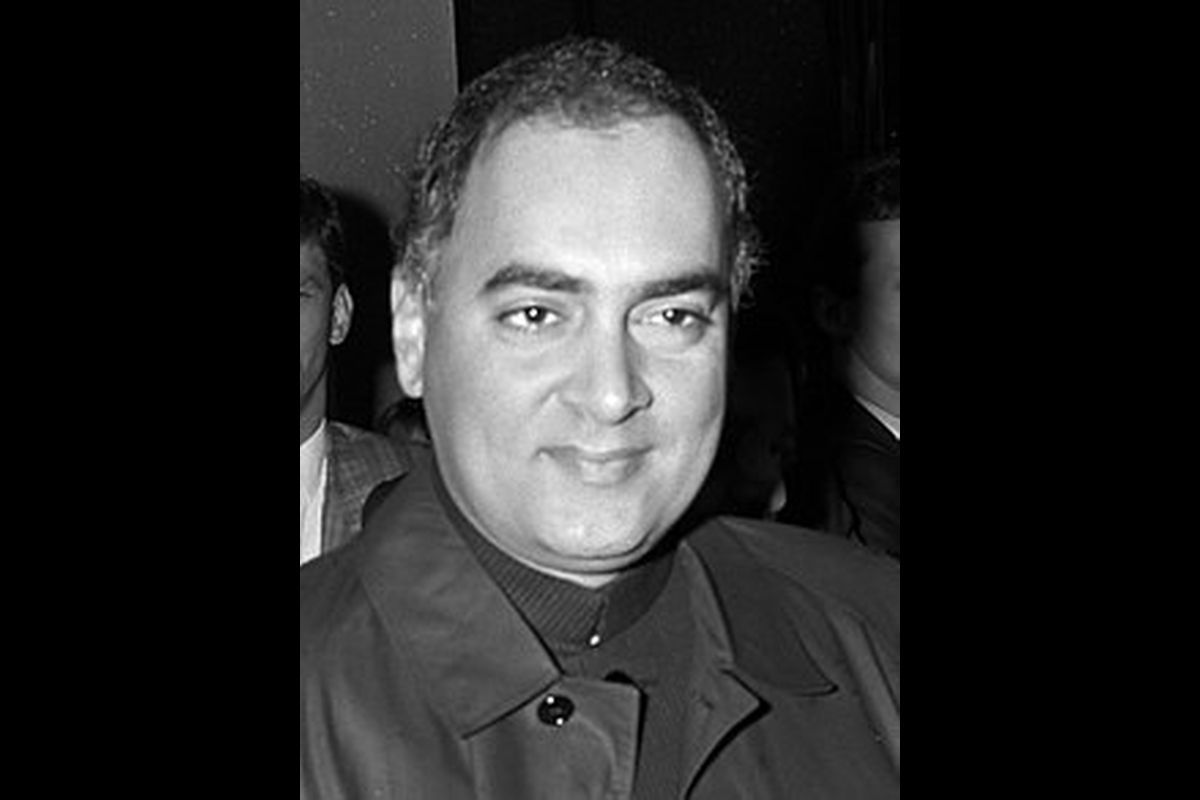After many a false hint, Tamil Nadu Governor Banwarilal Purohit rejected the release of AG Perarivalan and six others convicted in the Rajiv Gandhi assassination case who have been in jail for almost 30 years, saying the President of India was the appropriate competent authority.
The Supreme Court had expressed displeasure with the Governor for not taking a decision for more than two years on the subject. There is no precedent of a Tamil Nadu Governor referring a remission petition of the Cabinet under Article 161 of the Constitution and backed by unanimous resolutions of the legislature, to the President of India.
On 11 May 1999, the Supreme Court confirmed the death sentence of Perarivalan and three others. The judge who pronounced the judgment had since admitted that he had erred. Presidents sat on their mercy petitions for more than a decade and the Supreme Court in February 2014 commuted the death sentence to life term because of the long delay in execution.
Eventually the case was returned to the State as the power under Articles 72 and 161 of the Constitution can be exercised by the Central and the State governments. The advice of the appropriate government binds the head of the State. The President ~ or the Governor ~ cannot come to his own conclusion, ignoring the advice of the Cabinet.
In September 2018 the Tamil Nadu Cabinet recommended the release of all the seven prisoners. The Governor must abide by the advice of the Cabinet, a position upheld by the Madras High Court in November 1999 when then Governor Fathima Beevi rejected the mercy petitions of the convicts without taking the advice of the Cabinet. In the instant case, the question is not only legal or constitutional but human and ethical.
Everyone, at least in Tamil Nadu, knows the seven life convicts are neither killers nor part of any conspiracy. The Special Investigation Team headed by D R Karthikeyan did not even make an attempt to secure accused number one, two and three ~ Velupillai Pirabhakaran, leader of the LTTE, Pottu Amman, its intelligence chief, and Akila, intelligence head of its women’s wing.
Dhanu, the human bomb, died with Rajiv. Sivarasan, who led the hit squad, was gunned down in a Bengaluru suburb by a team of commandos flown from Delhi. The 26 people for whom Karthikeyan obtained the death sentence from a CBI court in Chennai would have played only peripheral role, if any. Their ‘confessional’ statements were obtained under duress.
The Supreme Court confirmed the death sentence of only four of the 26. Few of those set free by the Supreme Court in 1999 have since died, including Suba Sundaram, photographer of AFP, the French news agency, due to injuries suffered during torture. The Justice MC Jain Committee in its report submitted to Parliament in March 1998 identified massive gaps in the investigation.
The Multi-Disciplinary Monitoring Committee established in 1998 to conduct further investigation into the assassination in its interim reports submitted in sealed covers revealed that none of the seven prisoners was part of their investigation.












